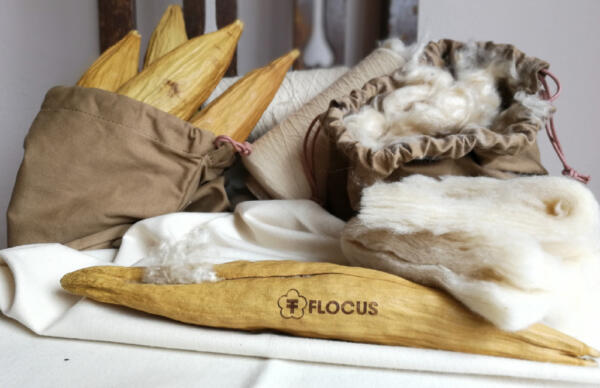Fibersort – Processing textile fibres for reuse
Over 20 million tons of post-consumer textiles end up in landfill sites across Europe and North America every year, simply because these items have reached the end of their first-use phase. This excess provides an incredible opportunity to apply circular strategies to the textile industry to capture the inherent value of textiles, displace the use of virgin fibres upstream and eliminate textile waste downstream.

“By automatically sorting finished textile products according to composition, Fibersort solves a key bottleneck in returning non-rewearable garments to the supply chain.”
Textile-to-textile recycling
Fibersort is a technology that automatically sorts large volumes of mixed post-consumer textiles according to type of fibre. Once sorted, these materials become reliable consistent input materials for high-value textile to-textile recyclers.
Tipping point
High-value recycling technologies can transition low value waste into new high-value textiles, and they are a critical link in the circular supply chain. Therefore, Fibersort is a key technology that will enable textile resources to cycle repeatedly through the supply chain. Once commercialised, it will create a tipping point for a new, circular textile industry.
The Fibersort Project Partners and a broad range of industry stakeholders are working together to commercialise the equipment that will accelerate the transition to circularity.The Fibersort project is enabled through Interreg NWE funding, a programme that fosters transnational cooperation within Northwestern Europe.
Fibersort: Closing the loop in the textiles industry



